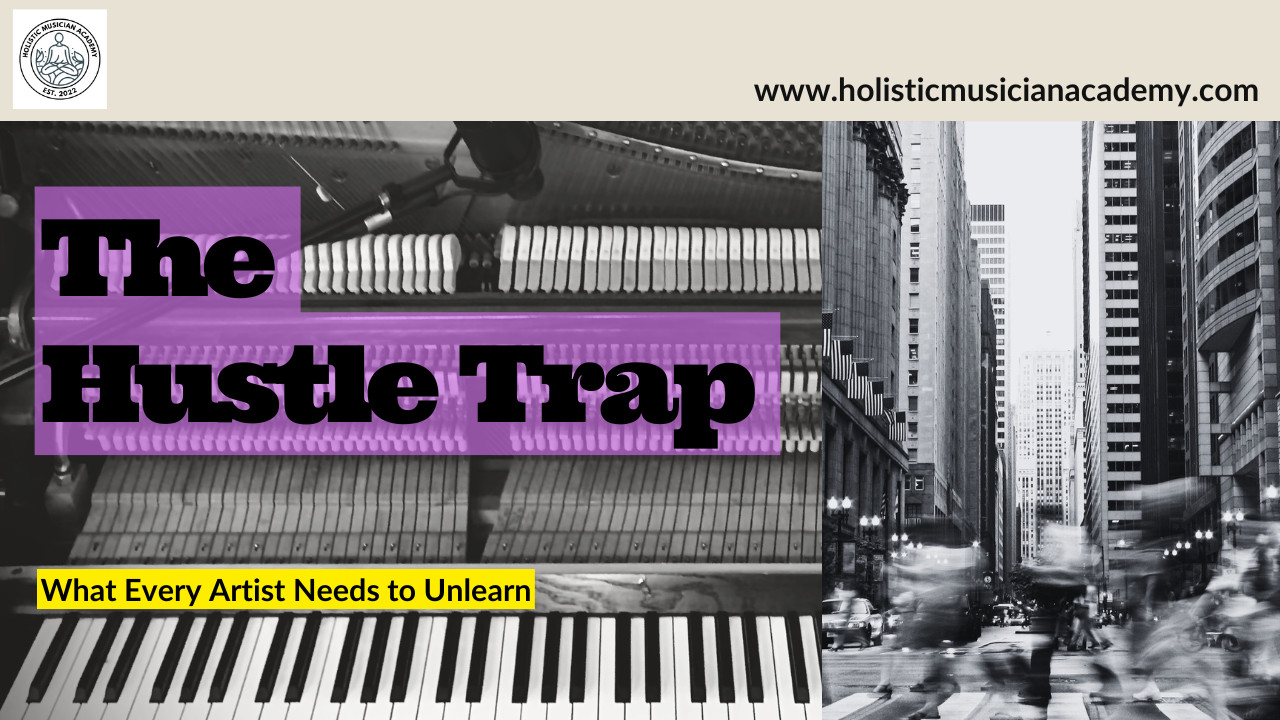
In recent years, hustle has become a buzzword in creative circles—especially among independent artists. It’s used to signal ambition, self-discipline, and the willingness to do whatever it takes to build a career without traditional backing. From social media captions to artist interviews, the message is clear: if you're not constantly producing, promoting, and pushing, you're falling behind.
But where did this mindset come from—and what is it costing us?
Let's unpack.
The word hustle wasn’t always aspirational.
Its roots trace back to the Dutch husselen, meaning to shake, push, or toss. By the 1800s in American English, it carried undertones of coercion, urgency, and sometimes deception.
To hustle could mean to hurry, yes—but also to con someone, to survive through side gigs or street smarts in a rigged system.
It wasn’t until the late 20th and early 21st centuries—particularly through hip hop and startup culture—that hustle was rebranded as a virtue. A symbol of self-discipline. Of agency. Of making something from nothing.
“I’m not a businessman, I’m a business, man.”
—Jay-Z
“I’ve been grinding all my life, sacrificed, hustle paid the price.”
—Nipsey Hussle
“Hustle beats talent when talent doesn’t hustle.”
—Ross Simmonds (frequently quoted by independent musicians)
For many independent artists today, hustle still carries that meaning: self-reliance, resilience, sovereignty.
But over time, the word has lost its edges.
Today, hustle culture is less about empowerment and more about exhaustion. It quietly demands that you produce constantly, promote relentlessly, and rest only when successful—a state that remains ever out of reach.
If you’ve felt this pressure, you’re not alone. And it’s not your fault.
Because hustle culture, as it exists today, is less about freedom than it is about conforming to a system designed for machines, not artists.
Before clocks, there was rhythm
For most of human history, time wasn’t linear—it was lived.
In agrarian Europe, pre-colonial India, Indigenous North America, and beyond, communities moved with the rhythms of land and season. The day was governed by light, not alarms.
There were times to sow, to rest, to gather. The body had authority. So did the sky.
Artists—whether musicians, craftspeople, or storytellers—worked within these rhythms. They weren’t expected to “grind.” They were expected to contribute to the wholeness of life, not churn out constant output.
Time was relational, not extractive.
Then Came the Clock
The Industrial Revolution brought a seismic shift.
Factories didn’t just change how things were made—they changed how people thought about time. As E.P. Thompson outlines in Time, Work-Discipline, and Industrial Capitalism (1967), factory work required a new kind of discipline. Time became a currency. Every moment not “used” was considered “lost.”
This logic quickly spread beyond factories. Schools, offices, governments—and eventually colonial systems—began measuring human value in hours and output.
Rest was no longer part of the rhythm. It was a disruption to the bottom line.
And in this context, the “hustler” emerged as a figure navigating industrial expectations without industrial support. Especially in communities excluded from power, hustling became a necessary and often noble form of survival.
But the global export of this mindset—through colonial education, capitalism, and algorithmic culture—has left a quieter legacy: one in which artists now try to survive systems that were never built to support their actual process.
The masculinisation of time
Hustle culture glorifies traits that align with traditionally masculine-coded ideals:
- Linearity over cycles
- Speed over depth
- External metrics over internal meaning
- Output over process
This leaves little room for practices that unfold slowly or cyclically—like songwriting, deep listening, recovery, or improvisation. These aren’t inefficient. They’re simply incompatible with the factory model of success.
And many artists internalise that incompatibility as failure.
I’ve heard it in coaching sessions again and again:
- “I feel like I’m behind.”
- “If I stop posting, I disappear.”
- “I want to rest, but I’m scared I’ll lose momentum.”
This isn’t laziness. It’s the logical outcome of living in a system where your worth is measured in visibility and velocity.
When the Hustle Becomes a Trap
To be clear, hard work isn’t the enemy.
Many of us found our footing through seasons of intense hustle. It got us off the ground. It taught us resilience.
But when that intensity becomes default—when you can’t stop without guilt—something’s off.
Hustle, once a tool for liberation, becomes a ritual of self-erasure. The artist disappears behind the algorithm. The music loses its joy. The nervous system quietly collapses under pressure.
That’s not freedom. That’s extraction.
Reclaiming Rhythm
So what’s the alternative?
It’s not to stop working. It’s to remember the difference between effort and overextension.
It’s to work with your body instead of against it.
To design your creative practice around energy, not just urgency.
To build careers that honour your output—without sacrificing your inner life.
Five steps to help
Here are 5 grounded, actionable steps you can take to begin disentangling from hustle culture, without compromising their momentum or creative integrity:
1. Redefine What “Productive” Means to You
Not all progress is visible. Write your own definition of a productive day that includes reflection, listening, and rest. Try replacing “Did I get enough done?” with “Did I move with intention?”
Tip: Start tracking how you feel after creative sessions—not just what you produced.
2. Build Time Awareness, Not Just Time Management
Instead of scheduling every hour, begin observing your energy cycles throughout the day and week. When are you most focused? When does your creative energy peak?
Tip: Use a calendar or journal to log your natural rhythm for one week. Align demanding tasks with high-energy windows, and reserve lower-energy periods for admin or rest.
3. Create Without Posting
Give yourself permission to make something that never sees the feed. Let go of “content” and return to practice. This builds depth, confidence, and resilience.
Tip: Set aside one session a week that is explicitly “non-shareable.” No cameras. No captions. Just art.
4. Use Boundaries as a Creative Tool
Set time limits on how long you’ll engage with emails, socials, or promotions—and stick to them. Boundaries don’t limit you; they protect your creative capacity.
Tip: Try the “two-hour rule”: cap admin tasks at two hours a day max. The rest is studio, recovery, or presence time.
5. Schedule Recovery Like You Schedule Releases
Rest is not the reward. It’s the foundation. Add intentional pauses to your calendar: seasonal breaks, digital detox days, or unscheduled weekends—before you need them.
Tip: Block off at least one weekend a month that’s untouchable. No gigs. No emails. Just realignment.
References
- Jay-Z (1996). Can’t Knock the Hustle, Reasonable Doubt
- Nipsey Hussle (2018). Grinding All My Life, interviews and lyrics
- E.P. Thompson (1967). Time, Work-Discipline, and Industrial Capitalism
- David Graeber (2018). Bullshit Jobs
- Glenn Adamson (2021). Craft: An American History
- Oxford English Dictionary: Hustle (Etymology & Usage History)
- Ross Simmonds, public lectures/interviews on entrepreneurial creative process
Join my free training.
Artist Mindmap 2.0 is a reimagined 6-day email mini-course designed for serious, sensitive, and soulful artists who want more than
surface-level hacks.
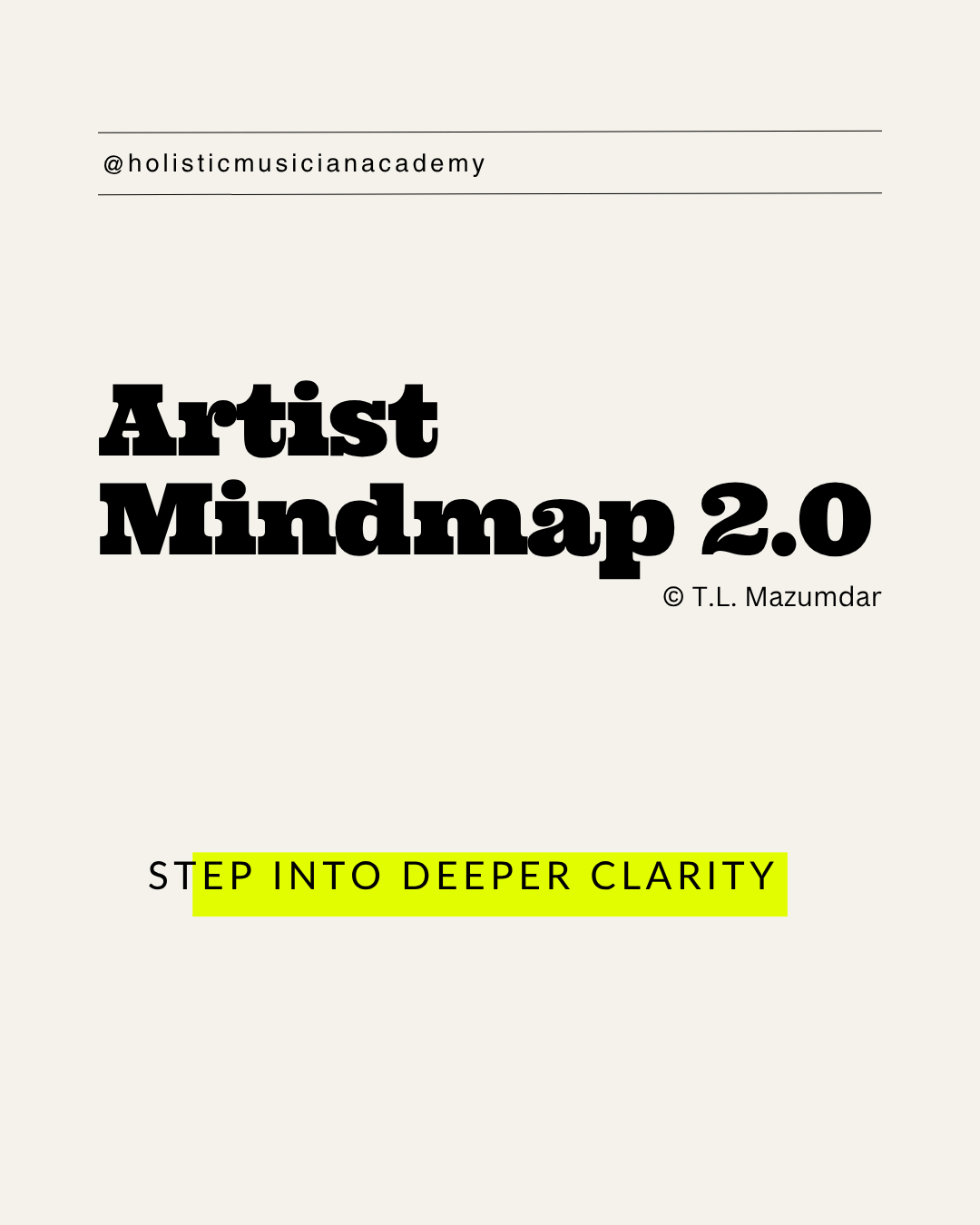
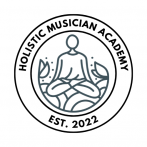

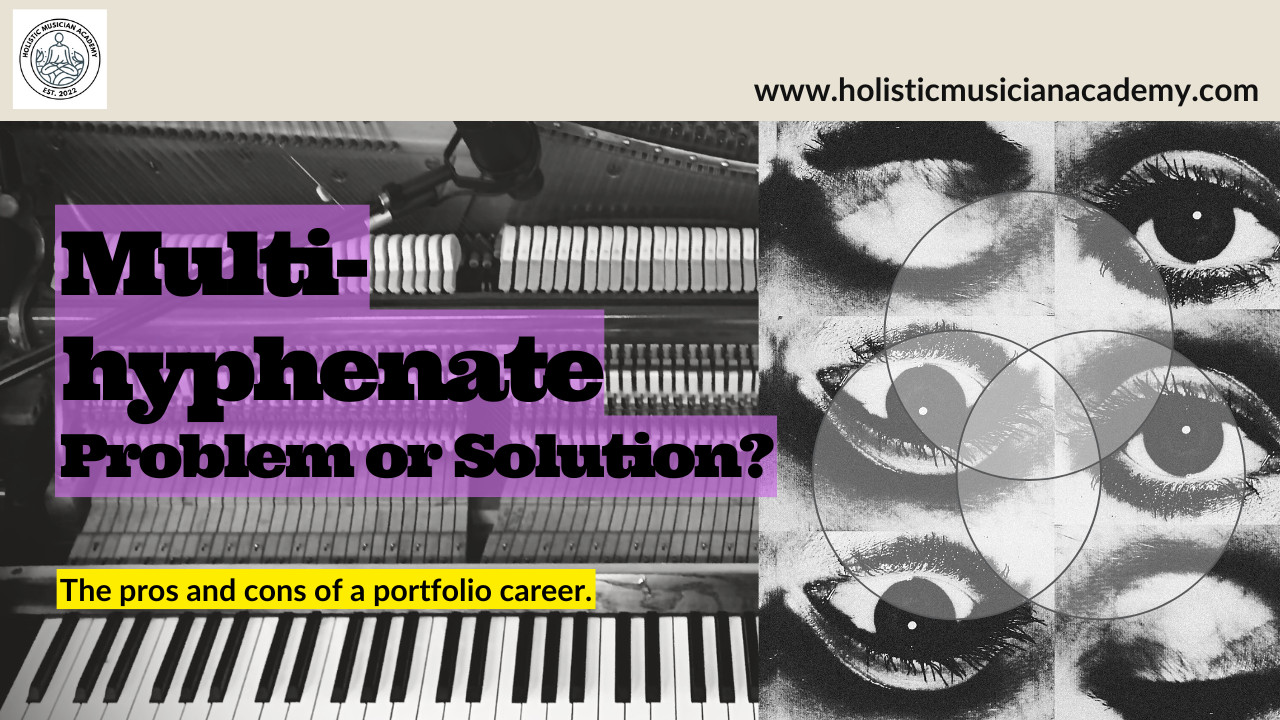
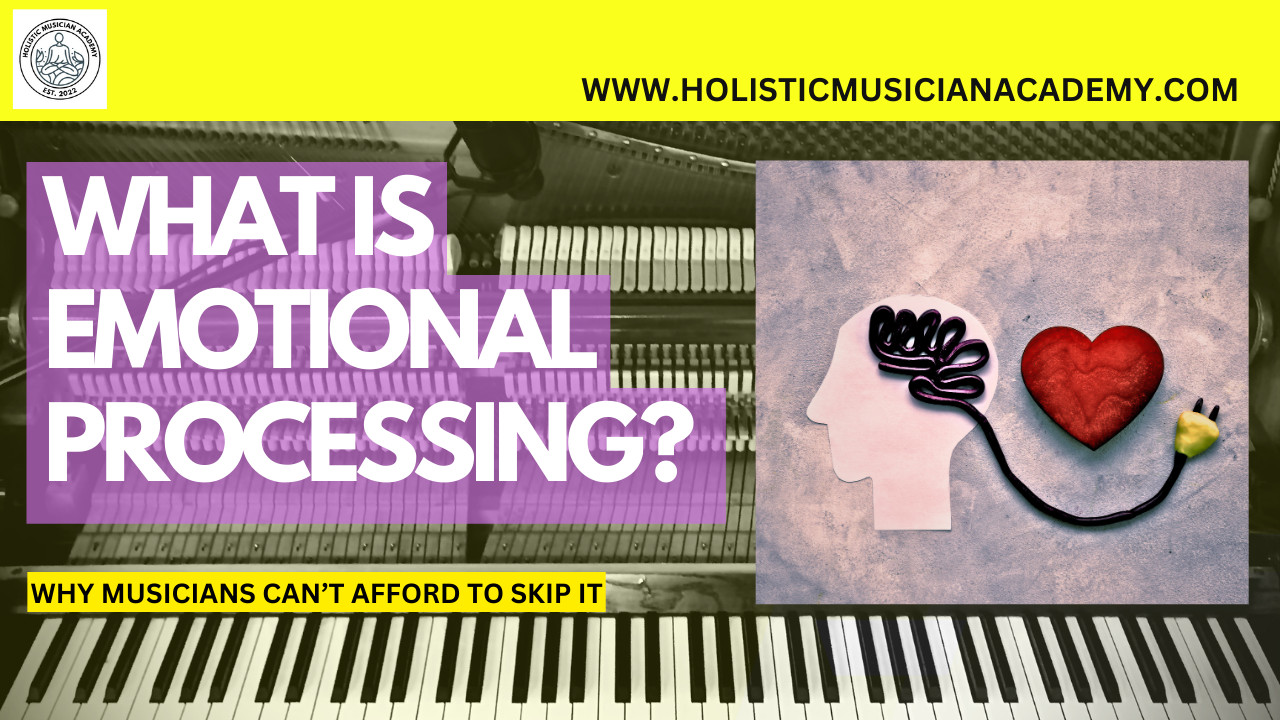
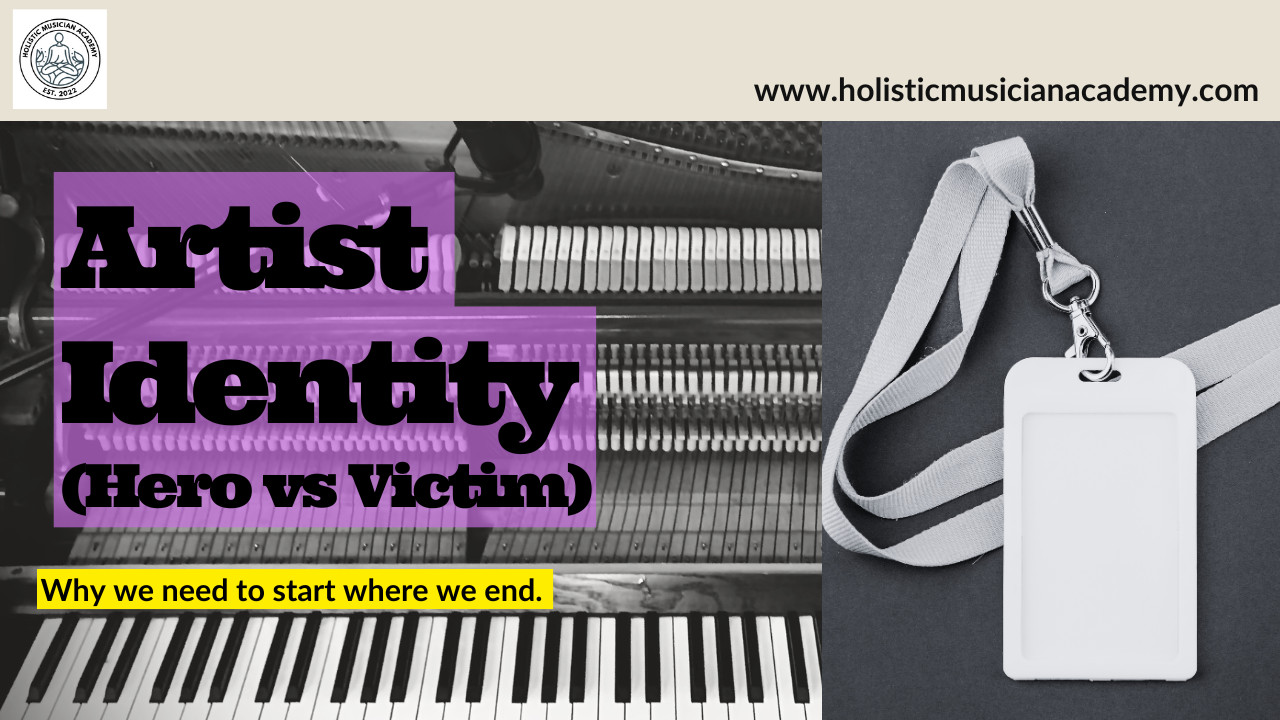
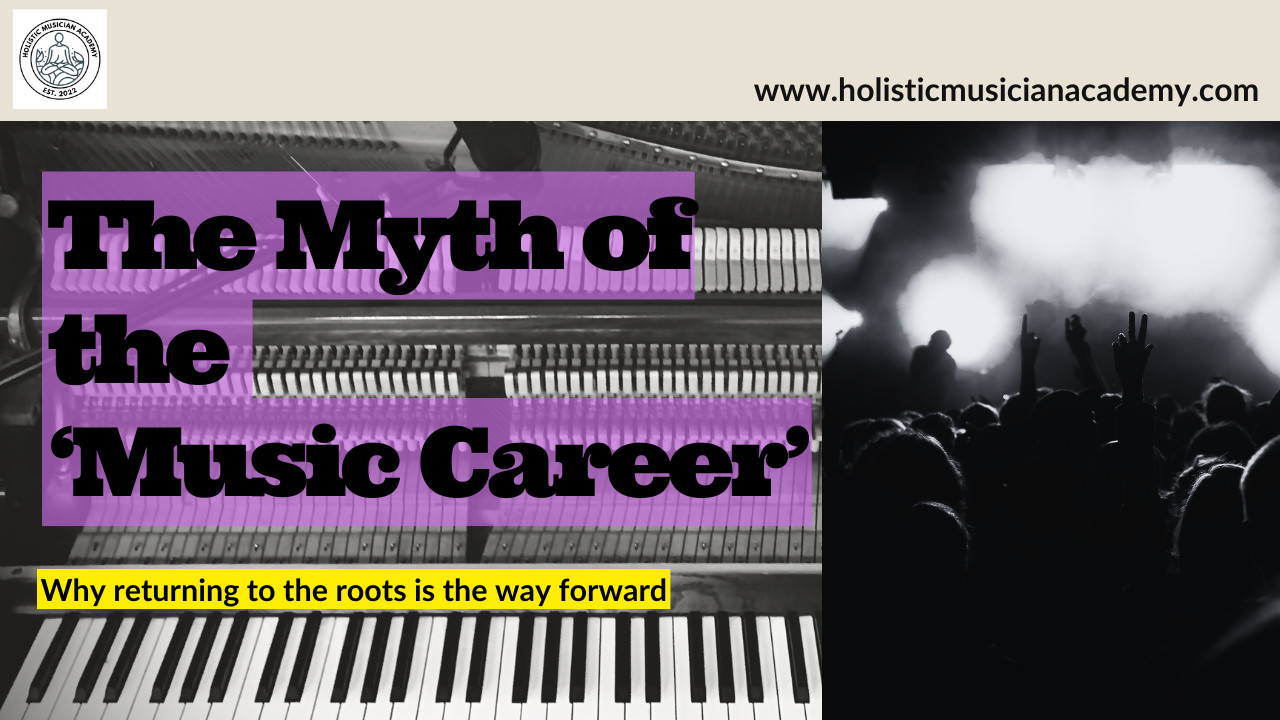
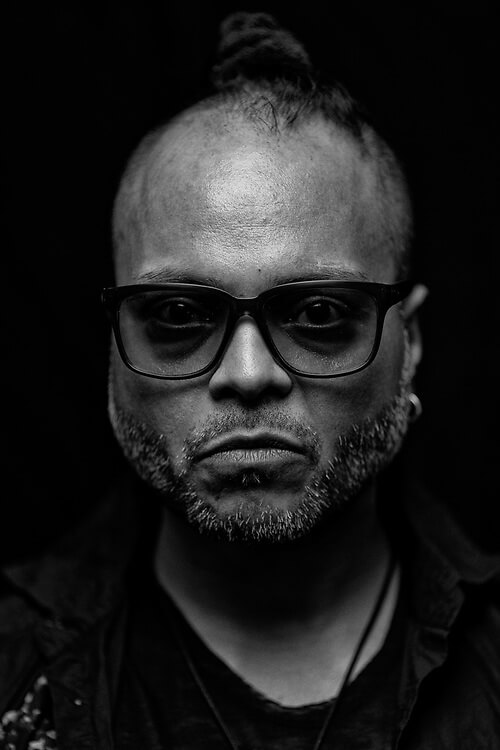
0 Comments